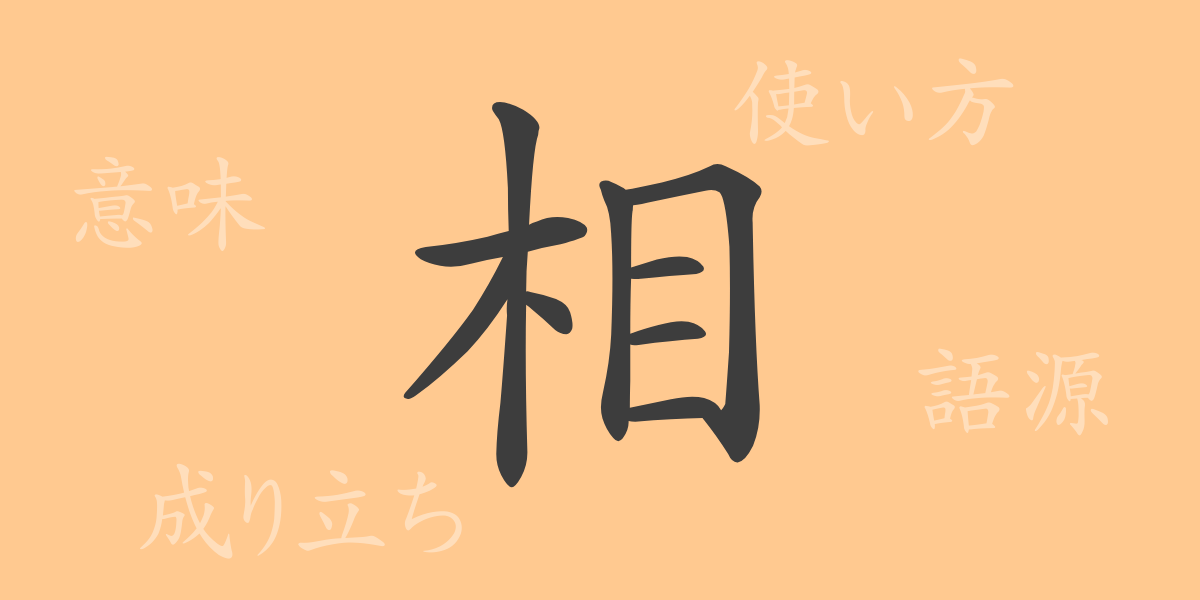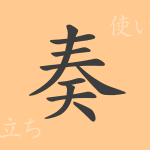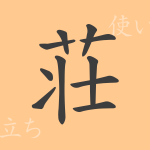Characters are a mirror of culture, with each symbol etched with the history and philosophy of its nation. The Kanji “相” (ソウ/ショウ) is no exception, deeply embedded in the lives and thoughts of the Japanese people. This article will unveil the secrets of the Kanji “相” (ソウ/ショウ), exploring its allure and significance.
Origins of 相 (ソウ/ショウ)
The Kanji “相” (ソウ/ショウ) originates from ancient China, evolving from pictographs. Initially used to mean ‘to look at a tree,’ it later came to signify the act of divination by observing the forms of trees. Over time, it broadened to mean ‘looking at each other’ and eventually evolved to represent ‘mutual’ and ‘reciprocal’ in a broader sense.
Meaning and Usage of 相 (ソウ/ショウ)
In modern Japanese, “相” (ソウ/ショウ) is used extensively to mean ‘each other,’ ‘opponent,’ or ‘to match.’ It also indicates relationships or situations, as seen in words like “相談” (そうだん – consultation) and “相続” (そうぞく – inheritance), linking closely to concepts that are integral to people’s lives.
Readings, Stroke Count, and Radical of 相 (ソウ/ショウ)
“相” (ソウ/ショウ) has several readings in Japanese, with the primary on’yomi (Sino-Japanese reading) being “ソウ” (ソウ) and “ショウ” (ショウ), and the kun’yomi (native Japanese reading) being “あい” (アイ).
- Readings: On’yomi “ソウ” (ソウ), “ショウ” (ショウ); Kun’yomi “あい” (アイ)
- Stroke Count: 12 strokes in total
- Radical: Wood radical (木部 – きへん)
Idioms, Phrases, and Proverbs Using 相 (ソウ/ショウ) and Their Meanings
There are numerous idioms, phrases, and proverbs that include “相” (ソウ/ショウ), each imbued with profound meanings. Examples include “相思相愛” (そうしそうあい – mutual love), “相棒” (あいぼう – partner or companion), and “相乗効果” (そうじょうこうか – synergistic effect, where the combination of elements produces a greater effect than each element individually).
Summary on 相 (ソウ/ショウ)
The meanings embedded in a single Kanji reflect the culture and history of its country. “相” (ソウ/ショウ) symbolizes the relationships and mutual respect among people in Japan. Understanding the Kanji “相” (ソウ/ショウ), deeply integrated into our daily lives, is a step towards mastering the rich expressions of the Japanese language.

























